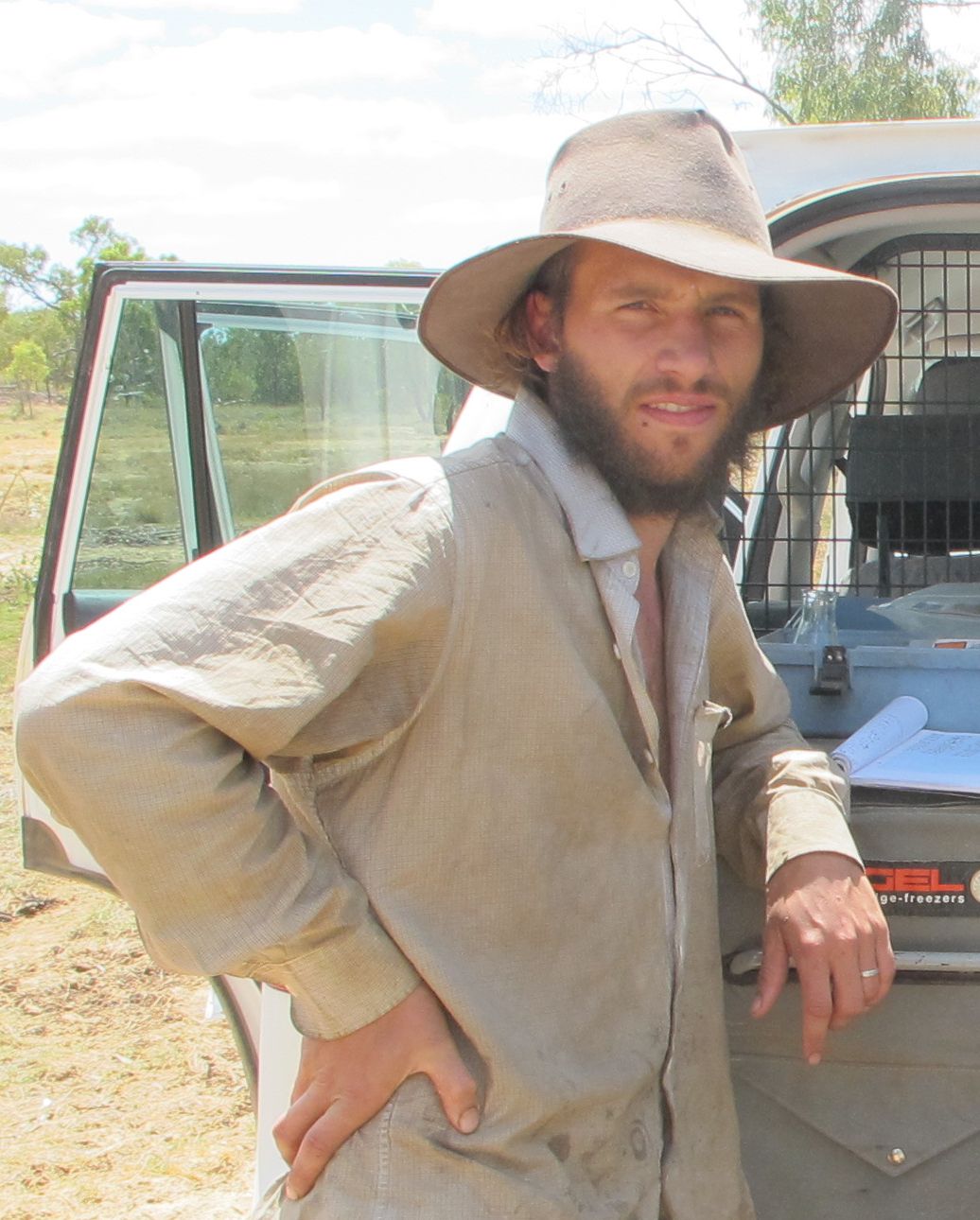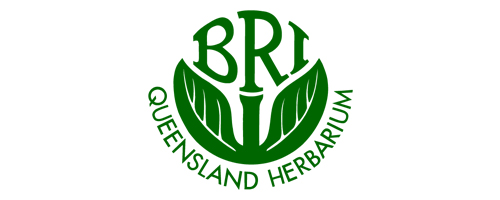
Project: 2.4.1
Developing a national action plan for Australian eucalypts
Project Leaders: Rod Fensham
Research in Brief
This project will identify the Australian eucalypts (including Corymbia and Angophora) most at risk of extinction in order to inform the conservation planning needs of this most iconic plant group. The research will engage relevant experts, consolidate data and undertake analysis to inform draft IUCN Red List and EPBC Act listing assessments.
The work of this project will thus become the basis of an action plan for Australia’s eucalypts. The findings will be of interest to and of use to state and territory governments, natural resource management groups and other organisations concerned with the protection of threatened eucalyptus species, and raise the profile of at-risk eucalypts in the wider community.
Why is the research needed?
Although Australia has a large number of threatened plant species, with 1355 listed under the EPBC Act and many more under various state and territory legislation, to date there has been no strategic, comprehensive review of the conservation status of Australian eucalyptus species as a group. A systematic approach has been lacking for collating the relevant data, assessing risks and identifying consistently applied actions across all species and subspecies. Only two eucalypt species are currently on the International Union for the Conservation of Nature’s (IUCN) Red List though many eucalypt species are likely to qualify.
A better understanding is required of the condition and trend of these iconic threatened species, and improved ways of reporting on their conservation status and outcomes of management actions.
How will the research help?
Increasingly, action plans compiled by experts are being used to inform reviews of national threatened species (e.g., the Bird and Mammal Action Plans). To date eucalypts have not been systematically reviewed although many species are considered likely to meet criteria for threatened status.
This project will undertake a strategic review of threatened eucalyptus species. This will include a draft assessment and recommendations for their protection, with the aim of compiling an action plan for threatened eucalypts, the first of its kind.
The action plan will enhance conservation outcomes for threatened eucalypts and raise their profile in the community, leading to greater engagement in their conservation.
This project could also serve as a model for future comparable assessments, for example, under the Global Tree Assessment or other strategic reviews of plant taxonomic groups.
 Above: The square fruited mallet (Eucalyptus brandiana). Fewer than 50 plants remain. Photo: Malcolm French
Above: The square fruited mallet (Eucalyptus brandiana). Fewer than 50 plants remain. Photo: Malcolm French
What research activities are being undertaken?
Researchers will use existing Australian Government action plan templates to model profiles of individual species. These profiles will summarise the most up-to- date knowledge of threat status, population trends, distribution and recovery actions.
Species will be assessed using the IUCN categories and criteria and include a distribution map contributing to Botanic Gardens Conservation International (BGCI)’s Global Tree Assessment: http://globaltreeassessment.org.
Data compiled will meet both IUCN Red List and Australian government data requirements, and researchers will upload the assessment directly to the IUCN Species Information Service or provide to BGCI to upload.
After collecting the data and engaging with the expert stakeholders, we will draft assessments against the IUCN criteria. We will consult relevant stakeholders and experts to review these data and seek national agreement on draft IUCN and EPBC Act assessments. At completion, information will be provided to Australian and State and Territory governments to inform priority listing assessments.
Octopus mallee (Eucalyptus sinuosa) from southern Western Australia is one of the species which will be assessed. Photo: Malcolm French
Who is involved?
The project will bring together eucalypt and conservation listing experts from across the country, including from within government agencies, environment groups, research organisations, the IUCN and BGCI.
Further information
Top image: White mallee (Eucalyptus erythronema) is endemic to the Wheatbelt of Western Australia – an area that has been extensively cleared. Photo: Malcolm French
-

Red listing our national icon, the gum trees
Sunday, 11 November 2018 -
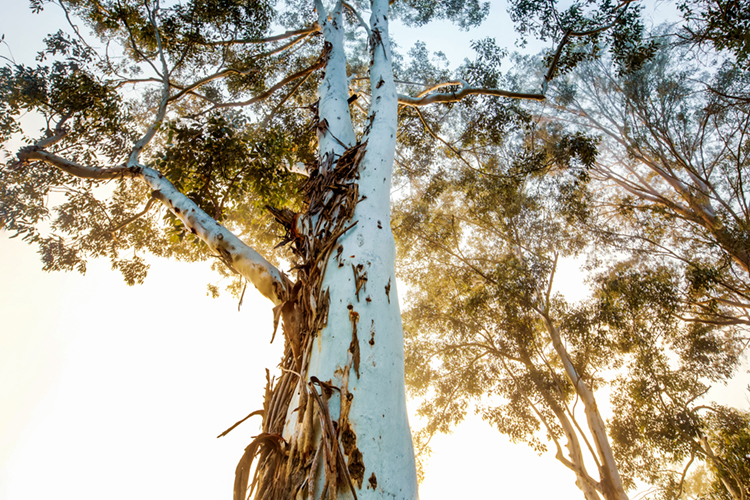
Australia’s best eucalypt photos put spotlight on worrying trend
Tuesday, 18 February 2020 -
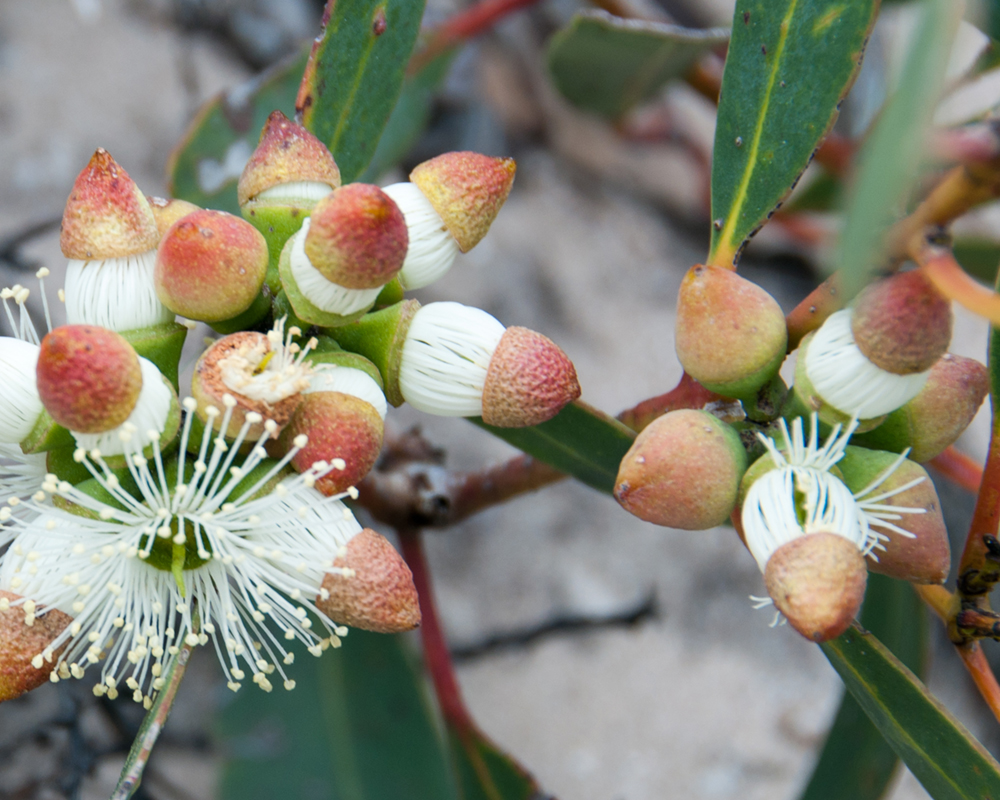
Eucalypt photo competition
Tuesday, 14 May 2019 -
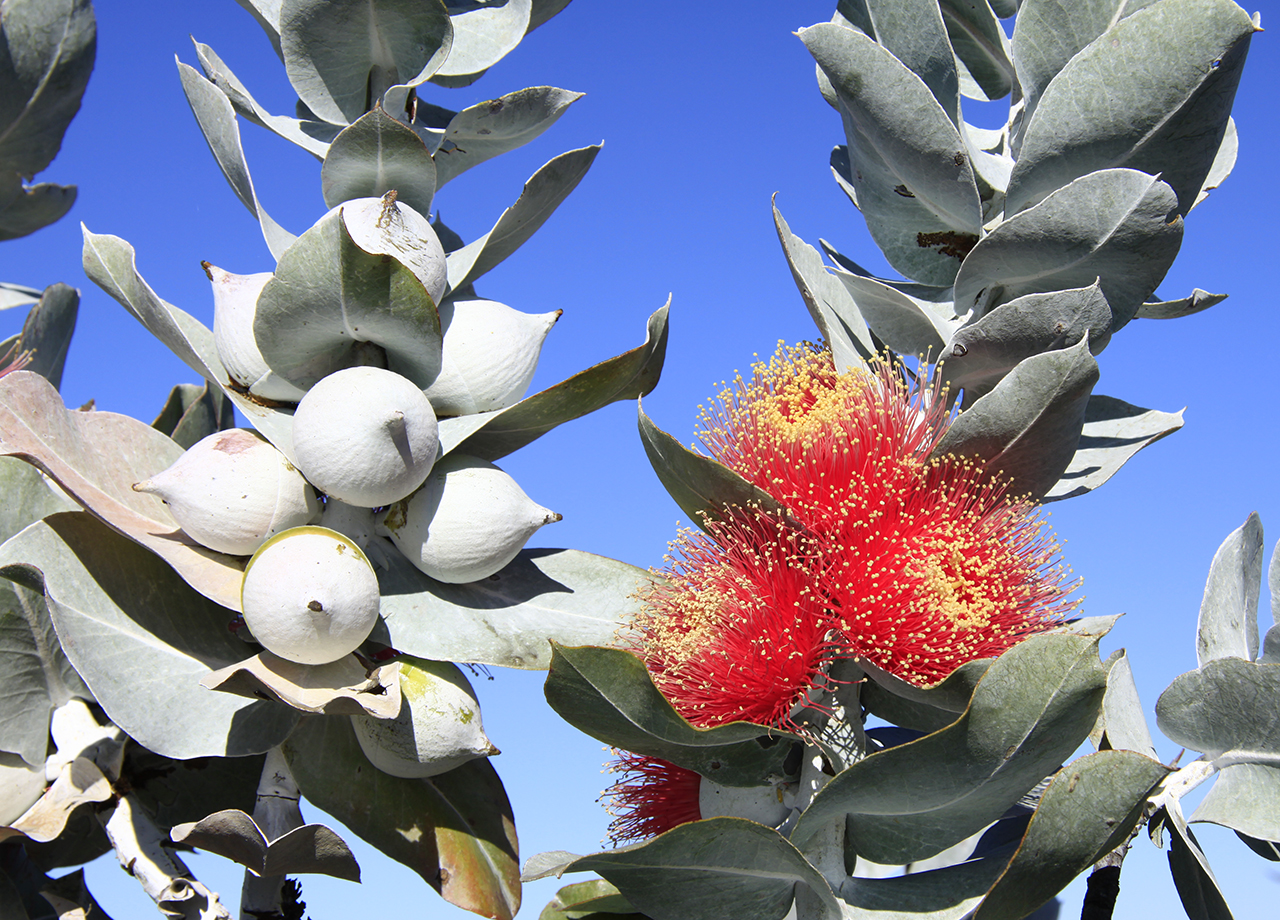
Over 100 eucalypt tree species newly recommended for threatened listing
Thursday, 22 October 2020

